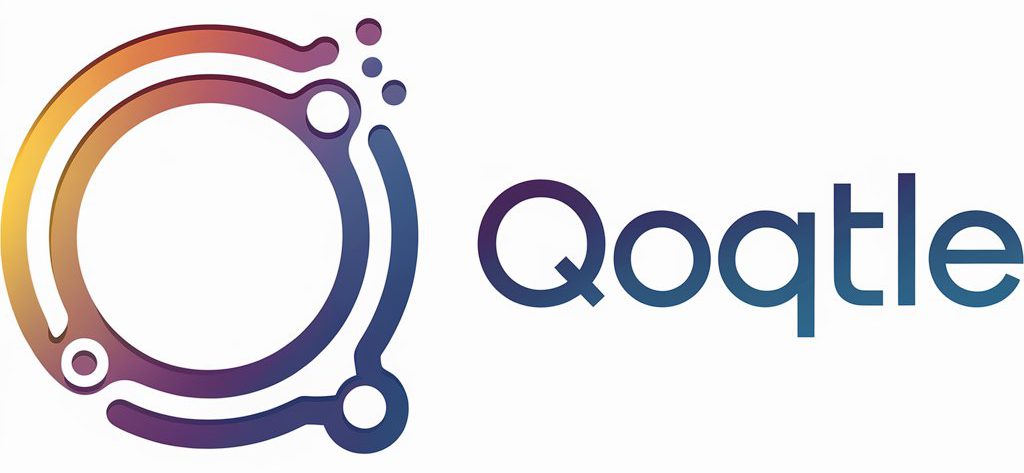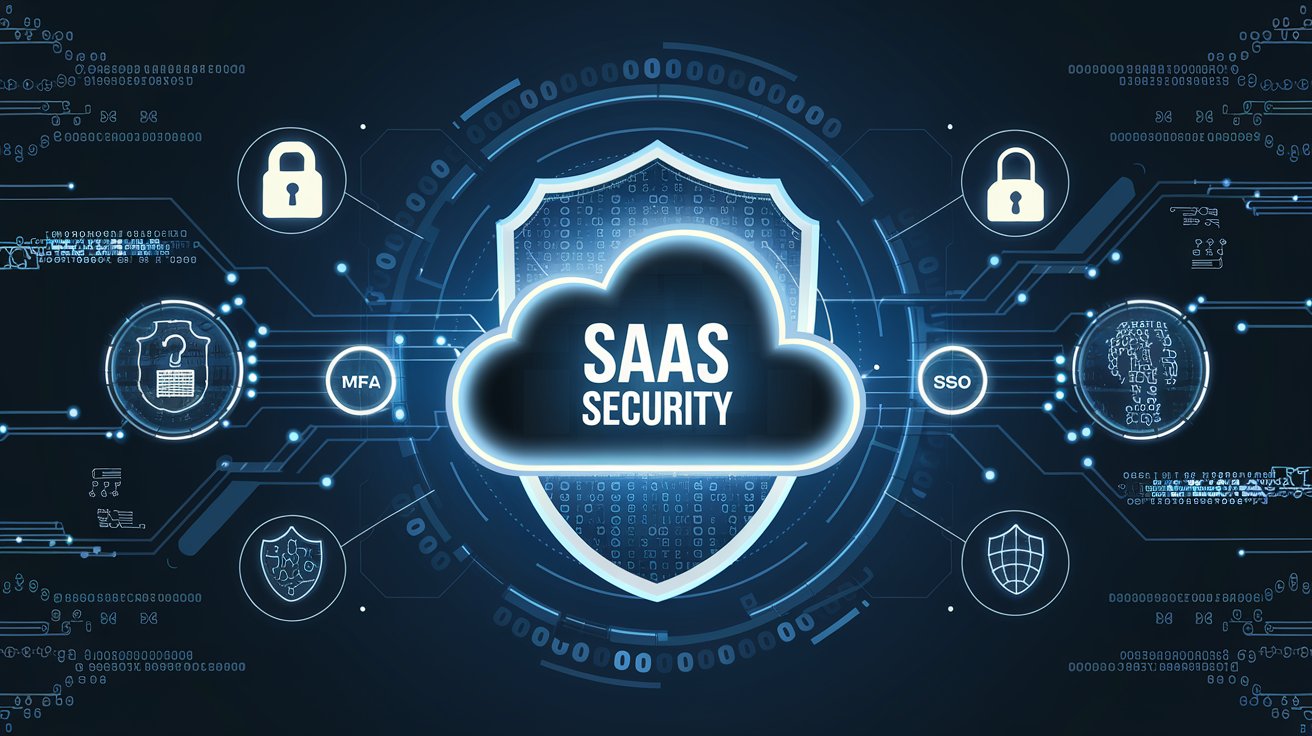SaaS Security Checklist: Safeguarding Your Cloud Applications
Protect your Cloud Applications with SaaS security checklists:
In today’s age, cyber security threats are a common issue in the digital world. Imagine losing your secrets related to your business dealings and finances due to these threats and compromised SaaS security. You may be at risk of losing your data or all of your assets. To protect your data and your business, you should implement a SaaS security checklist. These checklists can reduce digital risks and protect your cloud-based business history.
SaaS Security:
Software as a Service (SaaS) helps the organization with digital infrastructure access. This improves the flexibility of the business. Application for SaaS security helps to make the security easy and prevents the exploitation of digital secrets of businesses. SaaS allows access to different applications across the internet without requiring extensive infrastructure.
Essential Components of a SaaS Security Checklist
1. Implement Strong Authentication Mechanisms
Weak authentication is a primary entry point for attackers. To strengthen your SaaS applications:
- Multi-Factor Authentication (MFA): MFA is used for verification forms. It requires user verification via a password and a combination of biometrics. This advanced technology helps keep documents secure from cyberattacks.
- Single Sign-On (SSO): SSO is a checklist that allows users to access several applications with a simple password to reduce password fatigue. It enables extra security and maintains control while logging into an account.
2. Enforce Robust Access Controls
Not all users require the same level of access. Strict access control ensures the safety of individual data by keeping access to the user only.
- Role-based access control (RBAC): RBAC is designed to assign permission based on roles played by users. This helps to limit unnecessary access and the hassle of unorganized data.
- Least Privilege Principle: This principle helps to reduce damage from compromised accounts while granting access to perform work-related duties.
3. Monitor and Audit Activities
Continued monitoring is important for the early detection of abnormalities.
- Activity Logs: The activity logs are designed to track and maintain the activities and actions of users and keep track of them to detect any abnormal behavior.
- Automated Alerts: These alerts are automated with the help of AI. This detects abnormal activities, failed logins in given attempts, or signing up from a different location. In these conditions, it will automatically set an alarm and give a signal to nearby people.
4. Data Protection and Encryption
Protecting data at all stages is fundamental:
- Encryption of data: This provides protection for the encryption of sensitive data to prevent any kind of unauthorized access during transmission.
- Data Loss Prevention (DLP): This helps to monitor DLP strategies and allows them to prevent unapproved sharing while controlling data transfers.
5. Managing Third-Party Integrations
Third-party integrations can introduce vulnerabilities:
- Assessment for vendors: Evaluate the security practices of third-party providers before integration. We must make sure that these organizations meet security standards.
- Continue Monitoring: It is important to review and monitor the third-party integrations regularly to keep an eye on any security issues.
6. Educate and Train Employees
Human error is an important part of security breaches:
- Security Awareness Training: These training sessions are arranged to educate employees regarding security practices, data protection handling, and phishing recognition.
- Simulated Attacks: These attacks are specifically designed to improve employees’ readiness by simulating phishing attacks.
7. Develop an Incident Response Plan
Preparation is key to lessening the impact of security incidents:
- Incident Response Team: This team’s work is dedicated to security incident management. Their key responsibility lies in minimizing attacks on servers.
- Response Procedures: These procedures help in identification, eradicating, and recovery from any sort of security accident.
8. Ensure Compliance with Regulations
Attachment to legal requirements is non-negotiable:
- Regular Audits: Standards like GDPR, HIPAA, and others are tested with the help of periodic audits to ensure compliance.
- Documentation: The documentation helps in the maintenance of security measures and compliance efforts.
9. SaaS Security Posture Management (SSPM) implementation:
Security posture management is important for SaaS applications and is crucial:
- SSPM Tools: These tools are designed to utilize SSPM solutions while managing the security settings for the SaaS applications. These applications are designed to align with the compliance requirements and practices done for security settings.
- Configuration Management: The management helps in configuration and assesses potential vulnerability mitigation.
10. Address API Security
APIs are integral to SaaS functionality but can be vulnerable:
- Development Practices Security: These practices help to make sure that APIs are made while keeping the security of the user in mind. This helps to prevent vulnerabilities.
- Access Controls: Access control is important to make sure that unrequired access should not be given. This is done under strict access regulation for APIs.
Implications of SaaS Security Lapses in the Real World
The inadequate SaaS security results can be dangerous:
- Data Breaches: These breaches help to minimize the exposure to sensitive information, reputation damage, and financial penalties by reducing unauthorized access to the data.
- Operational Disruptions: Business dealings and operations can be disturbed by security accidents, which can affect the business and lead to downtime.
- Legal Consequences: Legal actions can be taken if there are non-compliant regulations.
Conclusion
Cloud-based services are innate to business operations, so SaaS security checklist implementation is needed. SaaS security best practices adaptation can help businesses and organizations to protect their digital work and dealings by adding an extra protective layer with the help of automation. These checklists can reduce digital risks and protect your cloud-based business history.








